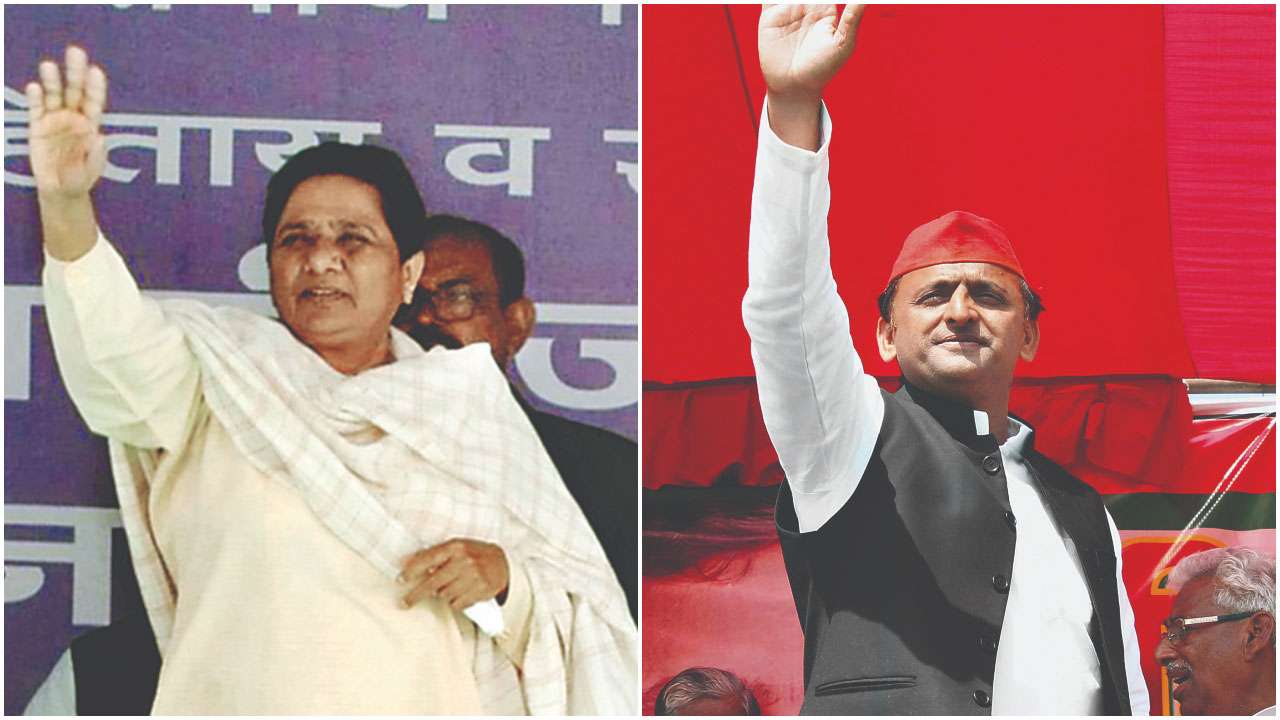
Before the 2015 Bihar state assembly elections, a new concept was introduced in India’s already crowded political lexicon, the ‘mahagathbandhan’. Loosely translated, it stood for a grand alliance of many parties who did not share too many commonalities except for one driving factor — the incessant desire to stop the then seemingly unstoppable Narendra Modi juggernaut in its tracks.
In trying to achieve what they wanted, the ‘mahagathbandhan’ had its way. Modi at the height of his popularity was bested in Bihar, the ascendant BJP coming up a cropper with 59 seats against the combined might of Rashtriya Janata Dal (RJD), Janata Dal (U) and the Congress, which bagged a formidable 180 assembly seats.
A great political idea had been sown, showing the way ahead to checkmate the BJP if it could. The logic was simple arithmetic. The BJP, which had garnered 31 per cent of the total vote share, had won 282 Lok Sabha seats. It was also the smallest ever vote share for the largest number of seats won. The previous lowest was the Congress that got a little over 40 per cent of the total vote share and 283 seats in 1967, in the days of the yore when the political canvas was a lot less crowded.
It proved just one thing: the BJP had gained heavily on account of the badly splintered vote and if closing the ranks would help, the tide could be turned against the saffron party. And that is what happened in Bihar.
Since then, it is increasingly becoming apparent that while ‘mahagathbandhan’ is a winning idea, implementing it on a national scale would be a tall order. As things stand now, the whole idea of a grand alliance against the BJP is largely restricted to UP. In Bihar, mahagathbandhan’ already stands dashed with one of the original authors of the idea, Nitish Kumar, on the side of the BJP.
It is only in a vast state like UP, which sends 80 members to the Lok Sabha, that such a grand alliance plays out. Obviously, the idea of a such a coalition does not apply in, let’s say, Bengal, Odisha, the Northeast or the regional parties in the South other than Kerala.
Alliances in states like Maharashtra are between national and regional parties while in most parts of central India, the Hindi-speaking states, like Rajasthan, MP, Chhattisgarh and Gujarat, it is going to be a fight mainly between the two national parties, the BJP and the Congress. The two national parties are also locked in a direct confrontation in states like Assam, Punjab, Haryana, Uttarakhand and Goa, making it very difficult for a `mahagathbandhan’ to take shape in these states.
Sure, events in the last two weeks have demonstrated that BSP supremo Mayawati, the Samajwadi Party and the Aam Aadmi Party (AAP) are looking to expand their base in MP and Chhattisgarh, hoping to cash in on a three-term anti-incumbency against the BJP and the disenchantment with the long decades of Congress rule.
But the difficulty in launching a ‘mahagathbandhan’ appears formidable. The Congress has ruled out giving more than 10 seats to the BSP in MP, which has some presence in districts like Jhansi that border UP and three seats to the SP in MP, which has had some areas of influence and lots of pretensions to power in that state.
All of this adds to complicating the situation as far as carving out a grand alliance in UP is concerned. The two regional outfits are already accusing the Congress of acting like the `big brother’in the forthcoming assembly elections in MP, Chhattisgarh and Rajasthan and promise to get back in kind in UP where the Congress is in a relatively weaker spot.
And it is here that the problem lies. In two critical Lok Sabha by-elections in Phulpur and Gorakhpur in UP March this year, the margin of losses are noteworthy. In UP Chief Minister Yogi Adityanath’s pocket borough Gorakhpur, the BJP lost by a little over 21,000 votes to the SP that was backed by BSP and the Congress while Phulpur was lost to another SP-led opposition ‘gathbandhan’ by a more respectable under-60,000 votes.
Then again in May, the Kairana Lok Sabha bye-elections in UP saw another battle royale with Ajit Singh’s Rashtriya Lok Dal (RLD)-led combined opposition, including the SP, BSP and Congress, edging out the BJP comfortably by a 50,000 vote margin.
But it is instructive to remember that margins like 21,000 or even 50,000 in a Lok Sabha bye-poll in a vastly populated state like UP can be no indication of how things will shape up in the absence of a ‘mahagathbandhan’. And if BSP’s mercurial and unpredictable boss Mayawati’s statements against allying with other parties are any indication, a coalition in UP, at least at this stage, appears like a tall order. After all, if the united opposition polled 51.1 per cent of the total votes in the Kairana constituency, the BJP, which was the loser did not too badly with 46.5 per cent of votes. In the absence of a combined alliance, this verdict could well be reversed.
There is wisdom in the old adage that the reins of power in India go through UP. Modi knows that better than most and is hence running down any idea of a ‘mahagathbandhan’. A 40-50 seat loss, if such an alliance is in place in UP, will mean the difference between re-assuming office or sitting out in the opposition.
The author is Senior Editor, DNA